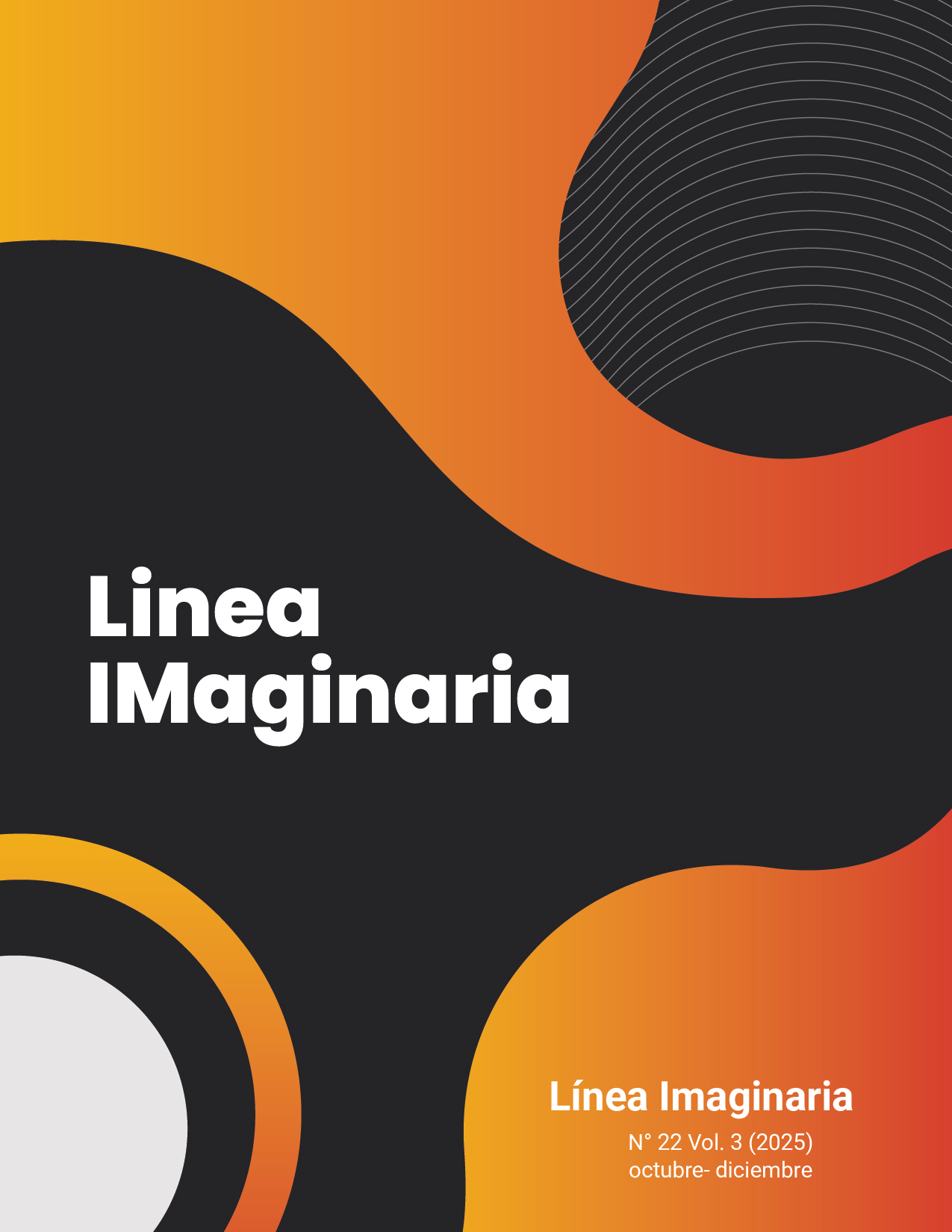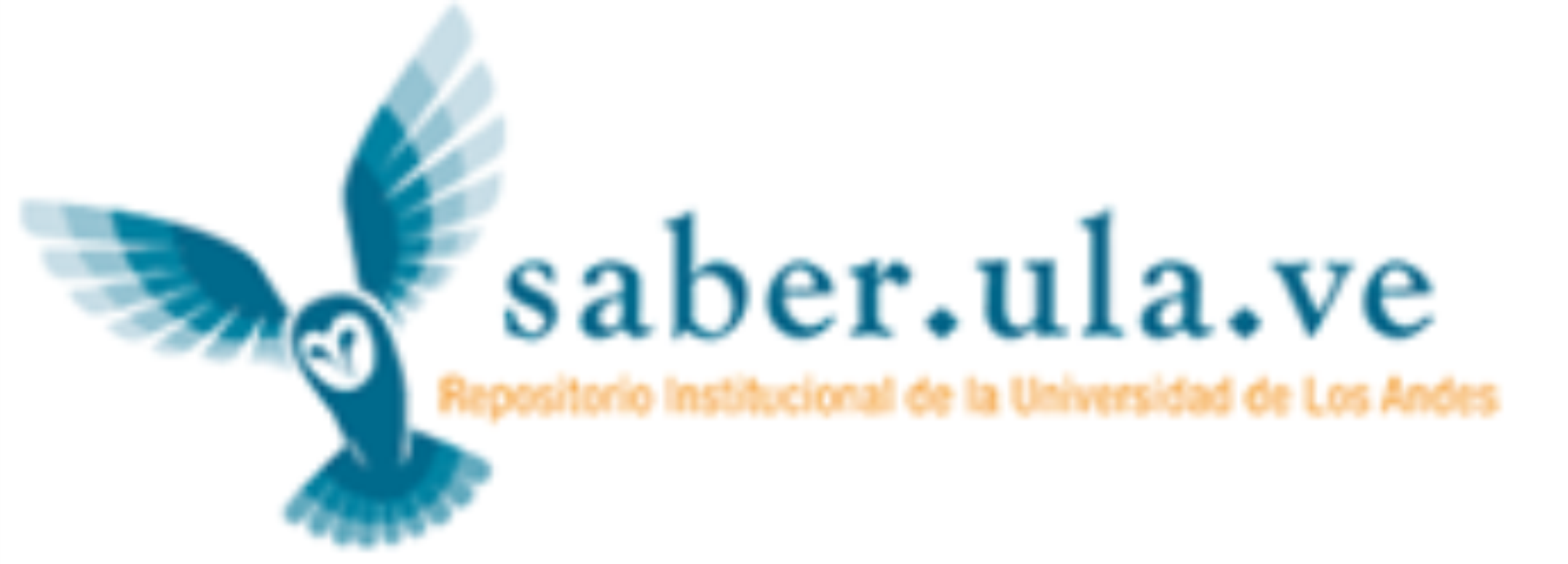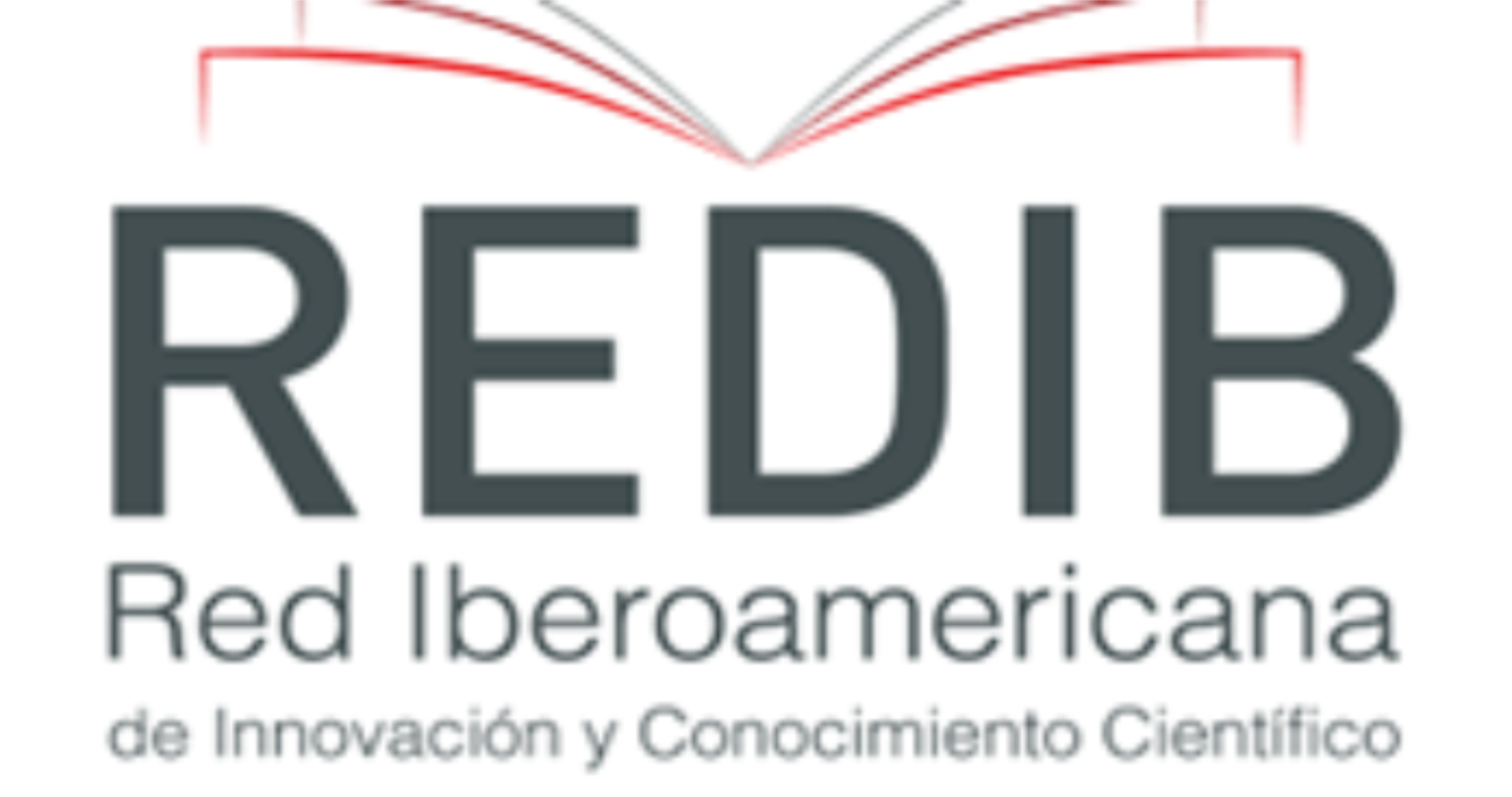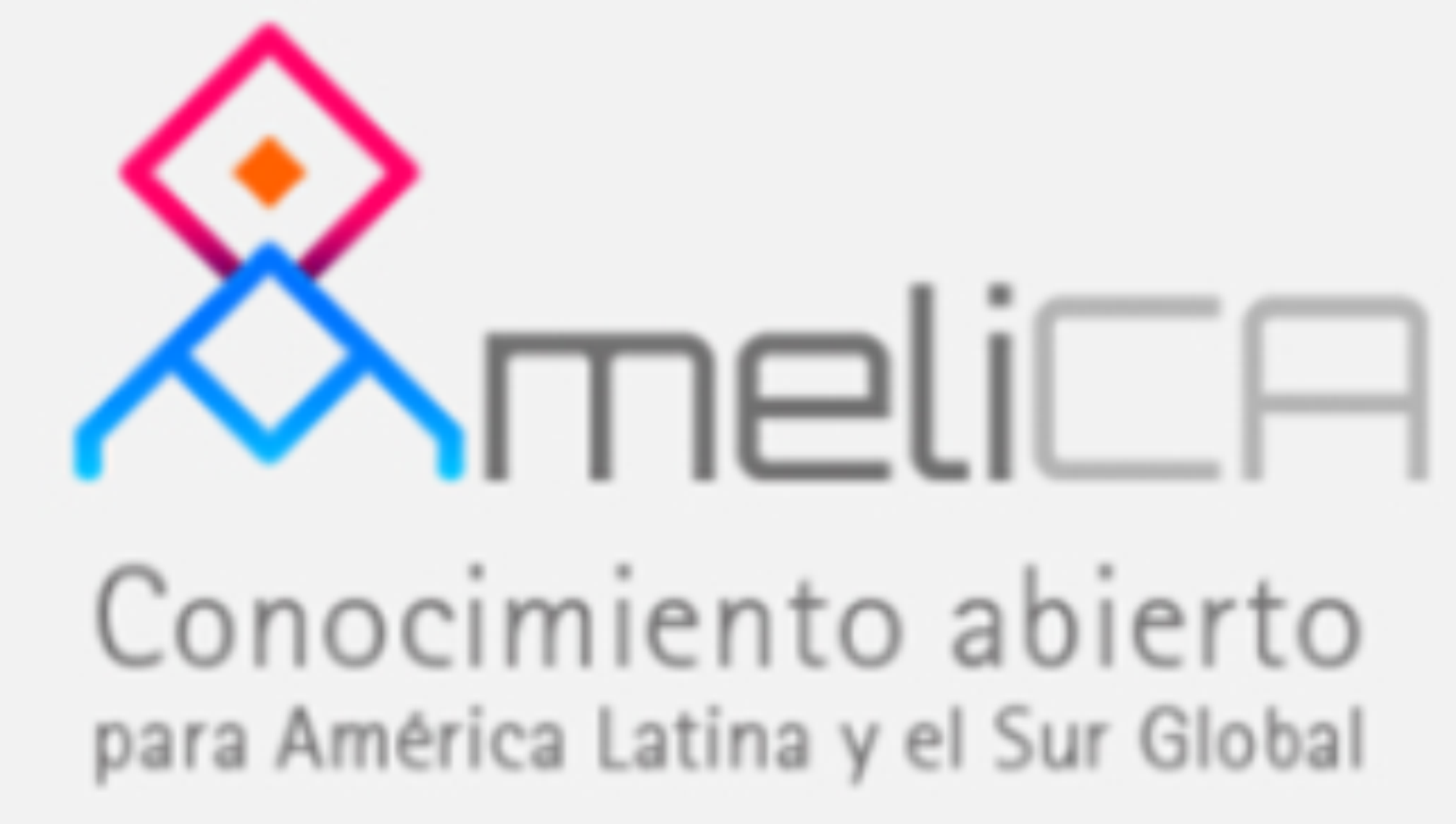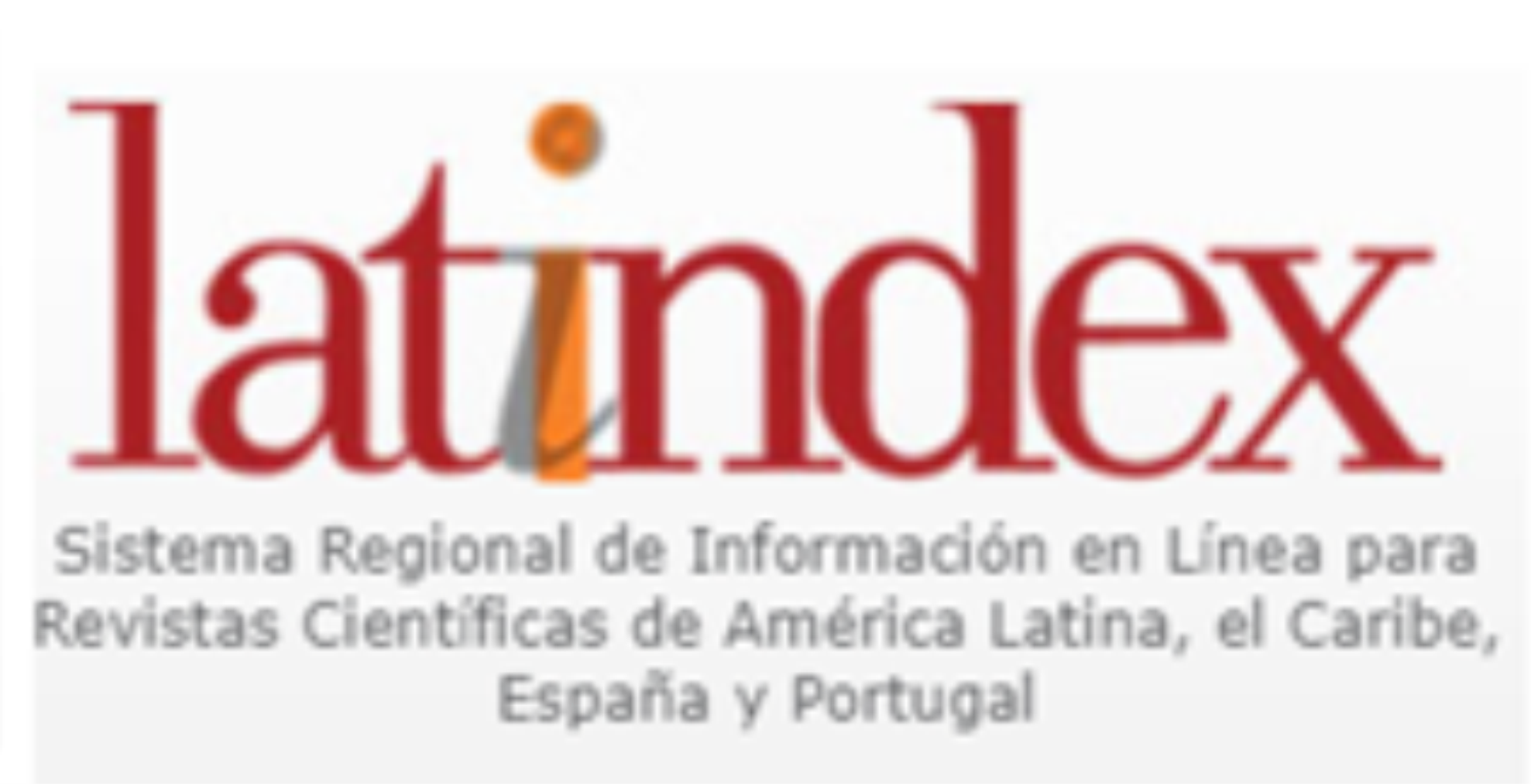Using GeoGebra as a teaching tool for understanding the concept of Limit
DOI:
https://doi.org/10.56219/lneaimaginaria.v3i22.4662Keywords:
Limit, function, PBL model, understanding, GeogebraAbstract
This article examines the use of Geogebra as a valuable teaching tool for enhancing the understanding of function limits among eleventh-grade students. It adopts a qualitative methodology based on direct observation and content analysis. Two groups were compared: one using traditional flat guides (Group 1) and the other engaging with interactive activities in a Geogebrabook (Group 2), with their performance in conceptual understanding assessed through rubrics. The results highlight that Geogebra outperforms other software (such as Maple, Cabri Geometry, or Derive) due to its accessibility, intuitive interface, and versatility, particularly when integrating resources like Geogebrabook and dynamic applets. The research emphasized three key perspectives for teaching limits: geometric, algebraic/arithmetic, and analytical, linked to historical milestones such as the method of exhaustion and the notion of infinity. The designed approach demonstrated that technological mediation facilitates the manipulation of abstract objects, fostering deeper understanding compared to traditional methods (Group 1), where material limitations hindered topic comprehension. It is concluded that integrating the historical phenomenology of the concept with ICT tools like Geogebra optimizes learning, overcoming didactic and cognitive obstacles, and underscores the need to adapt pedagogical practices to the epistemological complexity of advanced mathematical concepts.
Downloads
References
Alzate, E., Montes, J., Escobar. R., (2013). Diseño de actividades mediante la metodología ABP para la Enseñanza de la Matemática. Scientia et Technica Año XVIII, Vol. 18, No. 3, pp. 542-547. https://doi.org/10.22517/23447214.8341
Barallobres, G. (2017). Ciertos fenómenos didácticos que caracterizan las dificultades de aprendizaje en la transición de la aritmética al álgebra en la escuela secundaria. Unión-Revista Iberoamericana de Educación Matemática, 13(51). https://revistaunion.org.fespm.es/index.php/UNION/article/-view/384
Bejarano, M., Lirio, J., Martínez, A., Manzanares, A., Palomares, Ma., Rodriguez, L. y Villa, N. (2015). El aprendizaje basado en problemas, una propuesta metodológica en educación superior. Narcea ediciones. https://n9.cl/w48f
Bernal, C. A. (2006). Metodología de la investigación. Pearson educación. http://up-rid2.up.ac.pa:8080/xmlui/handle/123456789/1485
Blázquez, S. y Ortega, T. (2001). Los sistemas de representación en la enseñanza del límite. Revista latinoamericana de investigación en matemática educativa, Vol 4, Núm, 3. Pp. 219-236. https://documat.unirioja.es/descarga/articulo/2147876.pdf
Blázquez, S. y Ortega, T. (2002). Nueva definición de límite funcional. UNO, 30, pp. 67-82. https://dialnet.unirioja.es/servlet/articulo?codigo=260158
Bressan, A., Zolkower, B. y Gallego, F. (2004). La educación matemática realista. Principios en que se sustenta. Escuela de invierno en didáctica de la matemática. http://www.gpdmatematica.org.ar/publicaciones/articulo_escuela_invierno2.pdf
Brousseau, G. (1989). Les obstacles épistémologiques et la didactique des mathématiques. Construction des savoirs, obstacles et conflits, 41-63. https://hal.science/hal-00516581/
Cruz, M. (2006): La enseñanza de la Matemática a través de la Resolución de Problemas. Tomo 1 La Habana: Educación Cubana
D’Amore, B. & Zan, R. (1996) Italian research on problem solving 1988–1995. In A. Gagatsis & L. Rogers (Eds.): Didactic and History of Mathematics (p. 39). Thessaloniki
Freudenthal, H. (1983). Didactical phenomenology of mathematical structures [Electronic resource]. https://www.sidalc.net/search/Record/KOHA-OAI-TEST:212553/Description
Gutiérrez-Gonzalez, J., Morales-Maure, L., Campos-Nava, M., Crespo, J. y Mansilla-Sepúlveda, J. (2019). Visualizando los límites de funciones y las derivadas con geometría dinámica. Opción, Año 35, Regular No.90, pp. 607-667.
Hidalgo, H., Mera, E., López, J. y Patiño, L. (2015). Aprendizaje basado en problemas como potencializador del pensamiento matemático. Plumilla Educativa, Vol. 15, Nº. 1. pp. 299-312. https://dialnet.unirioja.es/servlet/articulo?codigo=5920332
Leiva, F. (2016). ABP como estrategia para desarrollar el pensamiento lógico matemático en alumnos de educación secundaria. Sophia: Colección de Filosofía de la Educación, Nº. 21. pp. 209-224. https://dialnet.unirioja.es/servlet/articulo?codigo=5973046
Mora, O. (2012). Diseño de herramientas didácticas en ambientes virtuales de aprendizaje mediante unidades de aprendizaje integrado en matemáticas. Tesis (Maestría)
Morales, P. y Landa, V. (2004). APRENDIZAJE BASADO EN PROBLEMAS. Theoria, Vol. 13., pp. 145-157. http://biblioteca.udgvirtual.udg.mx/jspui/handle/123456789/574
Pons, J. (2014). Análisis de la comprensión en estudiantes de bachillerato del concepto de Límite de una función en un punto [Tesis Doctoral, Universidad de Alicante]. Archivo digital. https://rua.ua.es/dspace/bitstream/10045/45713/1/tesis_pons_tomas.pdf
Posso, A., Uzuriaga, V. y Del Carmen, J. (2007). Dificultades que aparecen en el proceso enseñanza-aprendizaje de la matemática al pasar del bachillerato a la universidad. Scientia et Technica, Vol. 2 Núm. 34. Pp. 495-499. https://dialnet.unirioja.es/servlet/articulo?codigo=4810869
Rendón Mayorga, C. G. (2017). Diseño de tareas mediadas por la historia del concepto de límite dirigidas a la formación del profesor de Matemáticas. [Tesis de Maestría], Universidad Pedagógica Nacional, Bogotá, Colombia. http://repository.pedagogica.edu.co/handle/20.500.12209/9457
Socas, M. (1997). Dificultades, obstáculos y errores en el aprendizaje de las matemáticas en la educación secundaria. En Rico, L., Castro, E., Coriat, M., Puig, L., Sierra, M. y Socas, M. (Eds.). La educación matemática en la enseñanza secundaria, 125-154. Barcelona: ICE Universitat de Barcelona- Horsori. https://laurabrichetti.files.wordpress.com/2010/12/socas-robayna-dificutades-errores-y-obstc3a1culos-en-el-azaje-de-la-matemc3a1tica.pdf
Toledo, F. (2017). La Topología De Espacios Métricos Animada Con Geogebra. [Tesis de maestría, Universidad Tecnológica de Pereira]. Archivo digital. http://repositorio.utp.edu.co/dspace/handle/11059/8697
Trujillo, J., Vera, C. y Prada, R. (2017). Estado Del Arte Sobre El Concepto De Límite [Congreso]. II encuentro internacional en educación matemática. Cúcuta, Colombia. https://ww2.ufps.edu.co/public/archivos/oferta_academica/8c86ed0111abd2ac61fa2f8fc7d99448.pdf#page=165
Downloads
Published
How to Cite
Issue
Section
License

This work is licensed under a Creative Commons Attribution-NonCommercial-ShareAlike 4.0 International License.
La revista Línea Imaginaria conserva los derechos patrimoniales (copyright) de las obras publicadas, que favorece y permite la reutilización de los mismos bajo la licencia Creative Commons Atribución-NoComercial-CompartirIgual 4.0 , por lo cual se pueden copiar, usar, difundir, transmitir y exponer públicamente, siempre que se cite la autoría y fuente original de su publicación (revista, editorial, URL y DOI de la obra), no se usen para fines comerciales u onerosos y se mencione la existencia y especificaciones de esta licencia de uso. Si remezcla, transforma o crea a partir del material, debe distribuir su contribución bajo la misma licencia del original.

